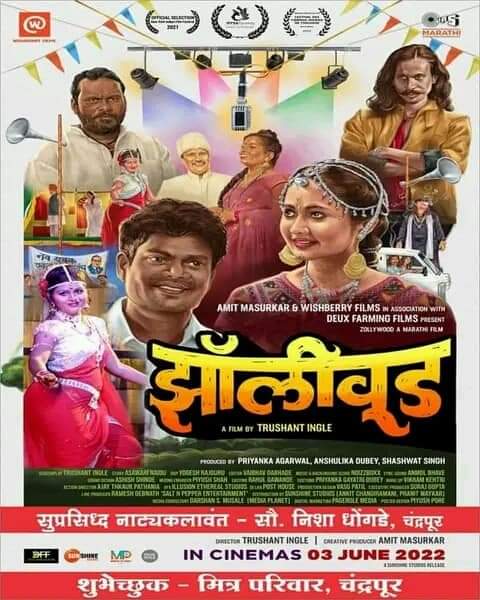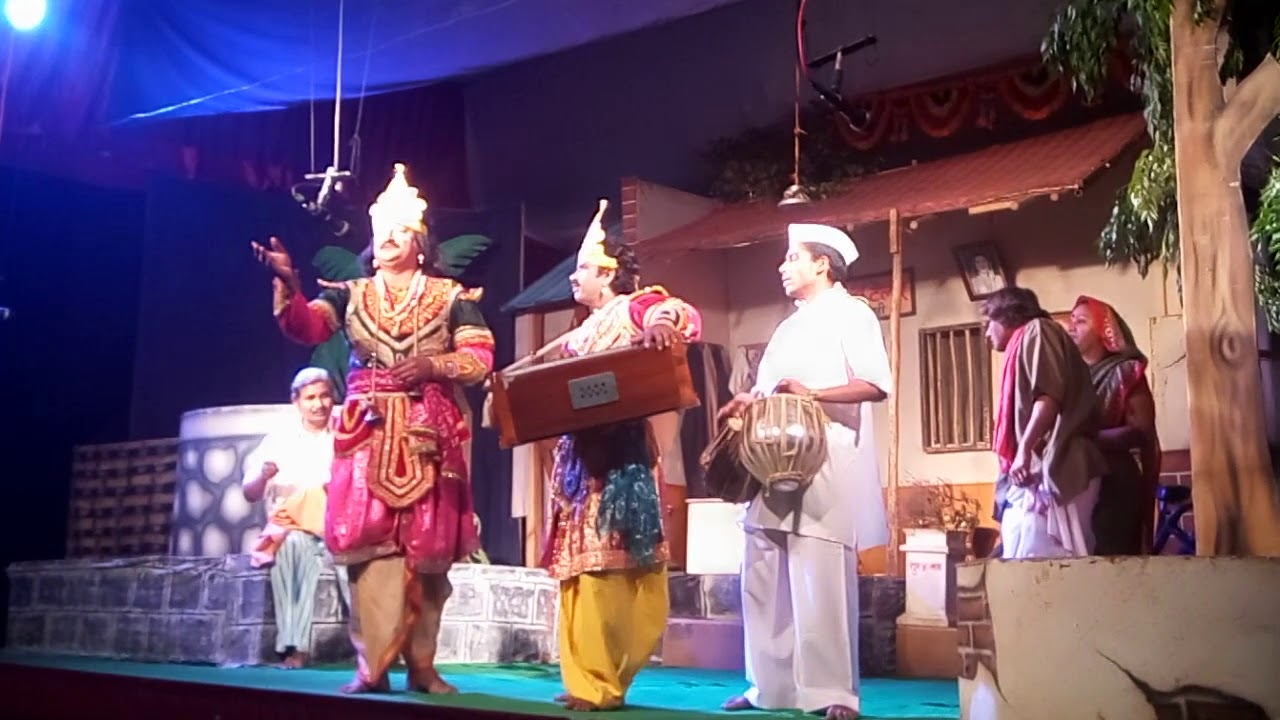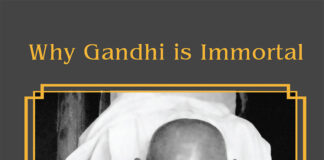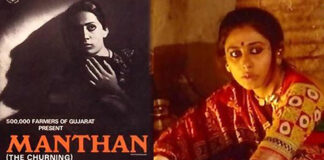
Jhollywood, a film released this week, is directed by Trushant Ingle whose journey began in Jhadipatti theatre. The film boasts of more than 100 Jhadipatti artists invarious roles including Nisha Dhongle from Chandrapur district in the main female lead. Jhadipatti Rangabhoomi, the theatre practice which occupies an extremely important place in the lives of rural areas of Eastern Vidarbha, especially the districts of Chandrapur, Gadchiroli, Bhandara is making important connections with the Marathi cinema world. In recent times many artists like Hiralal Painter who first made their mark in the Jhadipatti theatre have gone on to play roles in Marathi cinema which is a remarkable achievement for a theatre form which has traditionally been looked down upon as being loud, rustic and veering to the obscene.
Jhadipatti Rangabhoomi has a history that spans over more than a century. During this period it has not only entertained a largely rural audience, it has emerged an important industry providing employment to hundreds and with an amazing annual turnover that runs into several crores. It is good to see that this favourite village past time is trying to forge new partnerships with Marathi mainstream film industry.
Traditional Jhadipatti theatre performance
There is an unchanging core in the Jhadipatti Rangabhoomi in terms of traditionally rural themes, inclusion of music and dance, garish costumes and make up and slapstick humour. Although some practitioners like Sadanand Borkar who is a fourth generation artist of the Jhadipatti theatre, have tried to bring in changes, most production companies have not moved out of the traditional framework. This is in contrast with the theatre culture of cities like Chandrapur which have a modern outlook with a strong influence of the modern theatre practices of the metropolitan regions and cater to the tastes of urban theatre lovers. The city theatre has evolved through and unfortunately has remained limited to amateur productions for competitions organized by various government departments. Ironically inspite of its rustic roots, it is the professional Jhadipatti Rangbhoomi that appears to be making a leap towards new experiments through the engagement with cinema.
The greatest strength that Jhadipatti Rangabhoomi enjoys is the committed rural audience with whom it shares a deep intimate relationship based on economic exchange, participation and familiarity. Not only does Jhadipatti Rangabhoomi play a role in rural economy, the artists are largely drown from the farming and artisan communities of the area providing a feeling of closeness. It is well known that this theatre is connected to the annual agricultural calendar. It is only after the harvest season, in the period between October to February, when the farmers have time and money to spend that the villages collect money and pay advances to production companies most of whom are located in Wadsa Desaiganj. The plays are invariably put up on a day of village fair and bullock race called Shankar Patt which is attended by crowds from far and wide many of whom cannot return the same day. The night long theatre not only provides entertainment to these guests but also a safe place to sleep. Indeed this rootedness in community life is providing Jhadipatti Rangabhoomi the wings to explore new horizons.
The relationship between Jhadipatti Rangabhoomi and Mumbai has been evolving in the past few years as many young artists of mainstream media turned to Jhadipatti for a stage and sustenance during their days of struggle. In turn by seeking out the very elements that were seen as outlandish and outdated by city theatre goers, cinema is providing a new recognition and dignity to the hitherto rebuked rural art. One hopes that the most modern art form that is cinema and this traditional yet eternally flamboyant rural theatre will have lots of mutually meaningful conversations and bring forth many delights for the aficionados of theatre and film.
– Paromita Goswami and Jayashree Kapse








